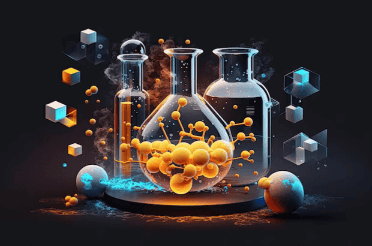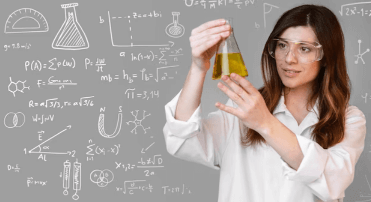Question
Statement 2: After harvest, there is a sharp rise in the uptake of oxygen.
a.
True, False
b.
True, True
c.
False, False
d.
False, True
Posted under Food Engineering
Interact with the Community - Share Your Thoughts
Uncertain About the Answer? Seek Clarification Here.
Understand the Explanation? Include it Here.
Q. Statement 1: After harvest, there is a decline in the uptake of oxygen. Statement 2: After harvest, there is a sharp rise in the uptake of oxygen.
Similar Questions
Explore Relevant Multiple Choice Questions (MCQs)
Q. The slope of the climacteric varies with _____
View solution
Q. Statement 1: Ripening of fruits is accompanied with a lot of anabolic and catabolic reactions.
Statement 2: Certain fleshy roots, tubers and bulbs have low metabolic activity and are dormant until there are environmentally favorable conditions for germination and growth.
View solution
Q. Fleshy fruits after _____ are _____
View solution
Q. Statement 1: At low temperatures, the rate of respiration of harvested fruits and vegetables decreases.
Statement 2: Under conditions where respiration rate is retarded, changes in chlorophyll loss are also delayed.
View solution
Q. Which is NOT a facet of cellular loci and messaging?
View solution
Q. Statement 1: In cellular loci and messaging, the link is the mechanics of quality change.
Statement 2: In cellular loci and messaging, the machinery is the biochemical control.
View solution
Q. In the biochemistry of plants, which of the statements hold wrong?
View solution
Q. Keeping in mind that texture changes take place after harvest, pulpy fruits become extremely hard after harvest.
View solution
Q. Statement 1: After harvest, _____ of fruits and vegetables undergoes change.
Statement 2: The _____ in pre-harvest and application of _____ to post-harvest can change the stress response in harvested commodities.
View solution
Q. Which of the following is a method to delay the onset of spoilage on storage?
View solution
Q. The reason why vegetables like green peas and beans are stored in the deep fridge (approximately 0°C) and not ordinary refrigeration is because freshly harvested vegetables themselves release a lot of heat and peas and beans evolve a lot of heat at low temperatures also.
View solution
Q. Statement 1: At low temperatures, near the freezing point of water, the respiration rate decreases.
Statement 2: Lemons last longer than bananas at the same relative humidity.
View solution
Q. Which of the following holds well as a reason for the storage of food at low temperatures?
View solution
Q. Which of the following microorganism is popular for spoilage in fruits and vegetables?
View solution
Q. Statement 1: Microorganism responsible for most organism pathogen in humans is thermophile.
Statement 2: Mesophiles have an optimum temperature growth below 10° C and psychrophiles have an optimum temperature growth at around 55° C.
View solution
Q. Which of the following is needed in order to establish a refrigeration requirement?
View solution
Q. The heat load for the storage of fruits and vegetables is calculated by multiplying the specific heat of the food by the number of degrees of the temperature that needs to be lowered divided by the weight of the food.
View solution
Q. Specific heat of food is calculated by the formula Specific heat = 0.008 (percentage water in food) + 0.2.
View solution
Q. Microorganisms causing spoilage of fresh meat, poultry, dairy products and eggs are mostly at 20° C.
View solution
Q. Statement 1: Bacteria at a count of a few low millions in milk are psychrotrophic.
Statement 2: Psychrotrophic bacteria can re contaminate milk after pasteurization.
View solution
Recommended Subjects
Are you eager to expand your knowledge beyond Food Engineering? We've handpicked a range of related categories that you might find intriguing.
Click on the categories below to discover a wealth of MCQs and enrich your understanding of various subjects. Happy exploring!








